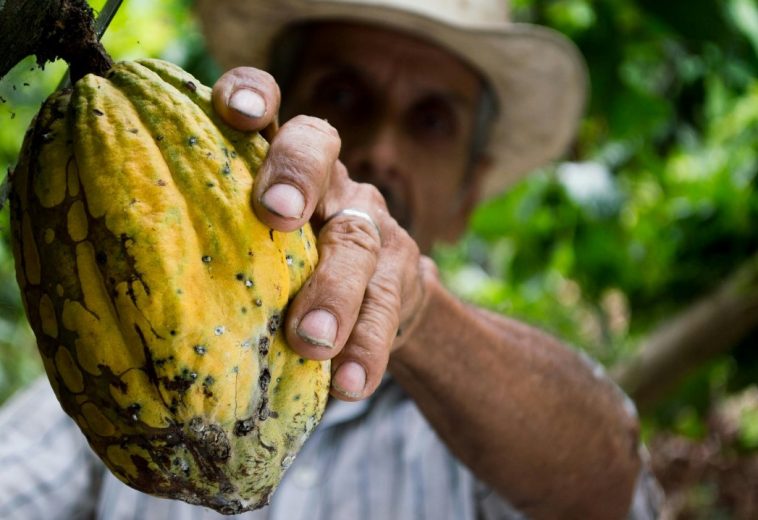As OPEC+ prepares for its virtual meeting on June 2, 2024, the global oil market finds itself at a critical juncture. Crude oil prices have exhibited significant volatility this year, influenced by a mix of geopolitical tensions, shifting supply and demand dynamics, and the broader energy transition. These factors are particularly pertinent to Africa, a key player in the global oil landscape, which accounted for approximately eight percent of global oil output in 2022.
Africa’s Role in Global Oil Production
In 2022, Africa produced around 332 million metric tons of oil, equating to roughly seven million barrels per day (bpd), marking one of the lowest production levels since 2000. Oil production on the continent is concentrated mainly in the West and North regions. Nigeria, situated on the West African coast, is the continent’s largest and most mature oil producer, contributing about 21 percent of Africa’s total output in 2022. Algeria, Angola, Libya, and Egypt follow as major producers, collectively with Equatorial Guinea, accounting for over 90 percent of Africa’s oil production in the same year.
Global Market Conditions and OPEC+ Production Strategies
The oil market received some support in May ahead of the OPEC+ meeting, yet the overall outlook remains fraught with uncertainty. Geopolitical tensions, particularly those involving major oil-producing regions, continue to create volatility. Meanwhile, the global economic outlook, especially in China, and record-high US oil production levels exert additional pressure on the market. Furthermore, the ongoing global energy transition towards renewable sources is likely to exert long-term downward pressure on fossil fuel demand.
OPEC+, which includes the Organization of the Petroleum Exporting Countries (OPEC) and its allies such as Russia, has been strategically managing its production levels to stabilize prices. The group has voluntarily withheld approximately 2.2 million bpd from the market, equivalent to about 2 percent of global oil consumption. This strategy began in November 2022 due to weakened demand driven by China’s economic slowdown and was deepened in July 2023 with further cuts from Saudi Arabia and Russia.
Despite these efforts, compliance with the agreed production cuts has been uneven among OPEC+ members. For instance, in February, the group’s output was 41.21 million bpd, slightly above the agreed quotas, reflecting a compliance rate of 97.8 percent. Iraq, for example, produced 4.27 million bpd against a quota of four million bpd, highlighting the challenges in achieving uniform adherence to production targets.
US Oil Production and Its Implications
The United States has significantly ramped up its oil production, reaching a record high of 13.12 million bpd in 2023. This surge, driven by advancements in shale extraction technologies and robust investment, positions the US as a formidable competitor to OPEC+. The increase in production from the US, along with Canada, Brazil, and Norway, is expected to continue into 2024, potentially undermining OPEC+’s efforts to control global oil prices.
READ ALSO: Zimbabwe’s Monetary Policy: Lessons for Other African Nations
High US production levels, coupled with substantial stockpiles, suggest a market leaning towards oversupply. As of late April, US oil stockpiles stood at 461 million barrels, only slightly below the 10-year seasonal average. This excess supply has softened prices in oil futures markets, with the International Energy Agency (IEA) projecting global oil supply to reach a new high of 103.8 million bpd, while demand is expected to grow by 1.22 million bpd to 103 million bpd in 2024.
China’s Influence on Global Oil Demand
China remains a critical factor in the global oil market, being the world’s largest oil importer. In 2023, China’s crude oil imports reached 11.3 million bpd, a 10 percent increase from the previous year. However, the future of China’s oil demand is uncertain. The country’s economic growth is slowing, and it is rapidly transitioning to green energy. This shift includes significant investments in electric vehicles and high-speed trains, which are likely to reduce its oil consumption.
The IEA anticipates that daily oil demand in OECD countries will decrease by 100,000 bpd to 45.7 million bpd in 2024, driven by decarbonization efforts. This trend underscores the broader global shift towards renewable energy and a reduced reliance on fossil fuels.


